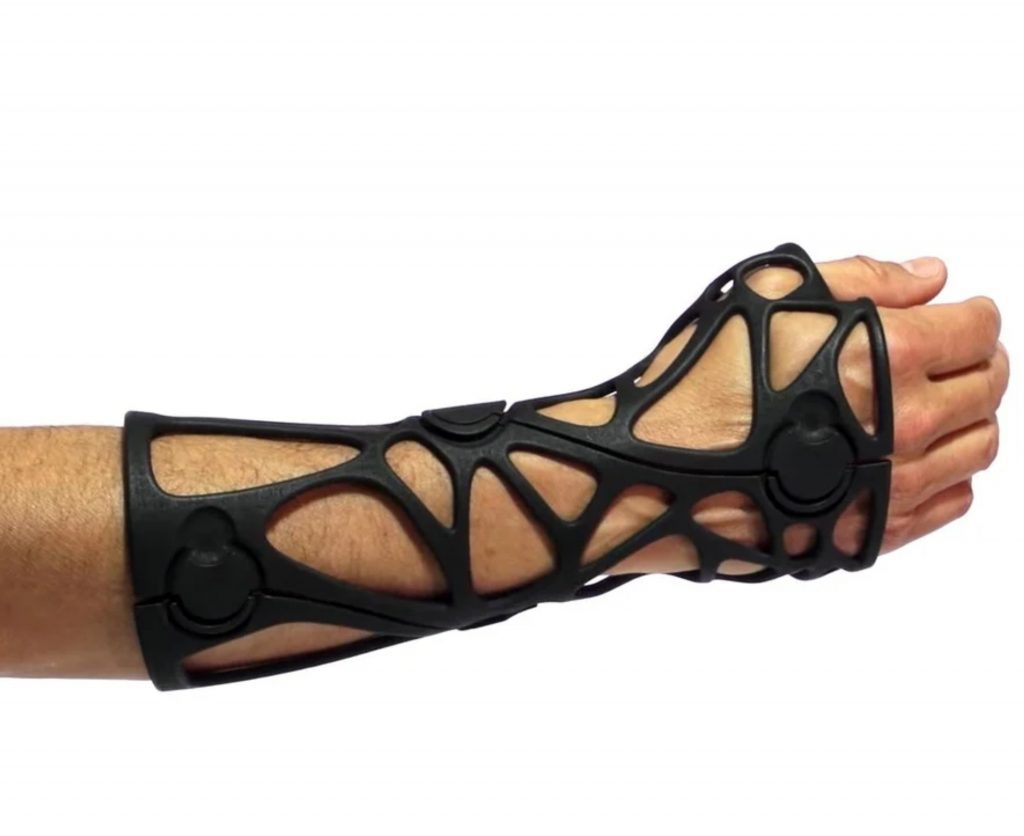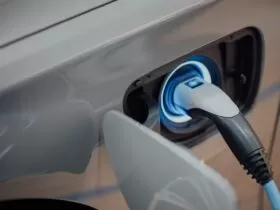The medical industry is leveraging 3d printing technology to the fullest potential, and we have seen many advancements to date. Be it creating custom prosthetics to 3d 3D-printed medical devices, the list of innovations is long and innovative.
Additive manufacturing is disrupting several conventional methods, and now doctors have access to on-demand printing. This innovation is helping healthcare individuals to save more lives as the turnaround to produce a medical prosthetic or accessory is quick.
The new advancements can bring more relief to patients who have gone through a complex surgery, and they can heal faster with 3d print equipment. As doctors can use this technology to understand complex cases with in-depth information, the results are also transforming. On this note, check out robust applications of 3d printing in the healthcare industry:
3D Printing Applications in Healthcare
Custom Surgical Models
With the progress of 3d printing , custom anatomical models are becoming popular. Now, doctors can scan a patient’s body and create a replica using 3d printers. The significant advantage of this practice is that doctors can comprehensively study the affected body part.


This process is helpful and safe as doctors can analyze all possible surgical cases before operating on the patient. As scenarios become more complex, surgeons can simplify the entire process and help patients to recover faster. With robust tactile and visual reference models, communication among surgeons becomes seamless.
From preoperative planning to intraoperative visualization and pre-fitting medical equipment, custom surgical models help doctors handle individuals better. The best part about these surgical models is that hospitals can store all the information safely for future reference.
Innovative Devices
3d printing in the medical field is accelerating the entire hardware development domain. Manufacturers use rapid prototyping to test new equipment designs without waiting for weeks or even months. With affordable in-house 3d printing, manufacturers can produce more efficient versions of existing medical devices.
Along with this, hospitals can produce custom surgical tools and medical devices based on specific requirements. For example, suppose doctors examine a critical case. In that case, they can create a custom support structure to relieve the patient during the operation. With 3d printing, manufacturers can accelerate the production process, which helps in scaling the distribution process. Compared to traditional device manufacturing, 3d printing technology in healthcare is speeding up the prototyping process by almost 8X.
Affordable Prosthetic Solutions
The demand for custom-made prosthetics is substantial in the market. Every year, thousands of people lose a limb, and most of them never get the right prosthetic that supports their bodies. However, 3d printing in the healthcare industry is solving this massive problem by allowing manufacturers to produce patient-oriented prosthetics and orthoses.


Traditional prosthetics are expensive, and they don’t have an option for further customization. Due to this, many patients experience a negative impact on their body. To overcome this challenge, medical 3D printing technology lets the hospital gather accurate data about the patient and ask manufacturers to prepare a custom prosthetic.
In less than two weeks, patients can get bespoke prosthetics which is a boon as it offers more comfort and safety to individuals.
Accurate Orthoses
Considering the high demand for 3D-printed medical equipment and accessories, several companies are offering affordable orthose 3d printing. Traditional orthoses are expensive, and not all patients can afford them. It takes a lot of time and effort to manufacture these accessories using conventional methods.


However, 3d printing in the medical domain is disrupting how companies manufacture orthoses. With high-end metal 3d printing, printing custom orthoses are much more affordable.
Along with orthoses, companies are also producing 3d printed insoles for improving the overall physiotherapy process and cure patients faster. Compared to traditional insoles, custom-made insoles give better and faster results in healing individuals. As manufacturers follow medical guidelines to produce them, they are a safer advancement than conventional accessories. This new trend of custom orthoses and insoles will transform the physiotherapy treatment equipment with its transforming results.
Bioprinting
Tissue printing is the newest progression of 3d printing in the healthcare industry, and this is going to be the future of this technology. Scientists and many additive manufacturing companies are working closely to mainstream bioprinting in the medical world.


We have seen many successful prototypes demonstrating the potential of tissue 3d printing. Many companies have received tremendous success in printing working tissue cells. Leveraging the Freeform Reversible Embedding of Suspended Hydrogels (FRESH) method, researchers have also created a 3D bio-printed human heart model—all these improvements in additive manufacturing hint at the massive change that is about to come.
Several companies that offer 3d print services in Perth, Sydney, and other places are now dedicated to doing R&D on tissue bioprinting and other complex structures.
Future of 3D Printing in the Medical Domain
We will experience more complex and mainstream implementations of 3d printing applications in the medical domain in the upcoming time. With the growing demand for custom products, more companies will start manufacturing bespoke medical equipment.
Be it bioprinting or manufacturing more efficient prosthetics and medical equipment, 3d printing, and healthcare’s combination will bring a paradigm shift in the medical ecosystem.


























